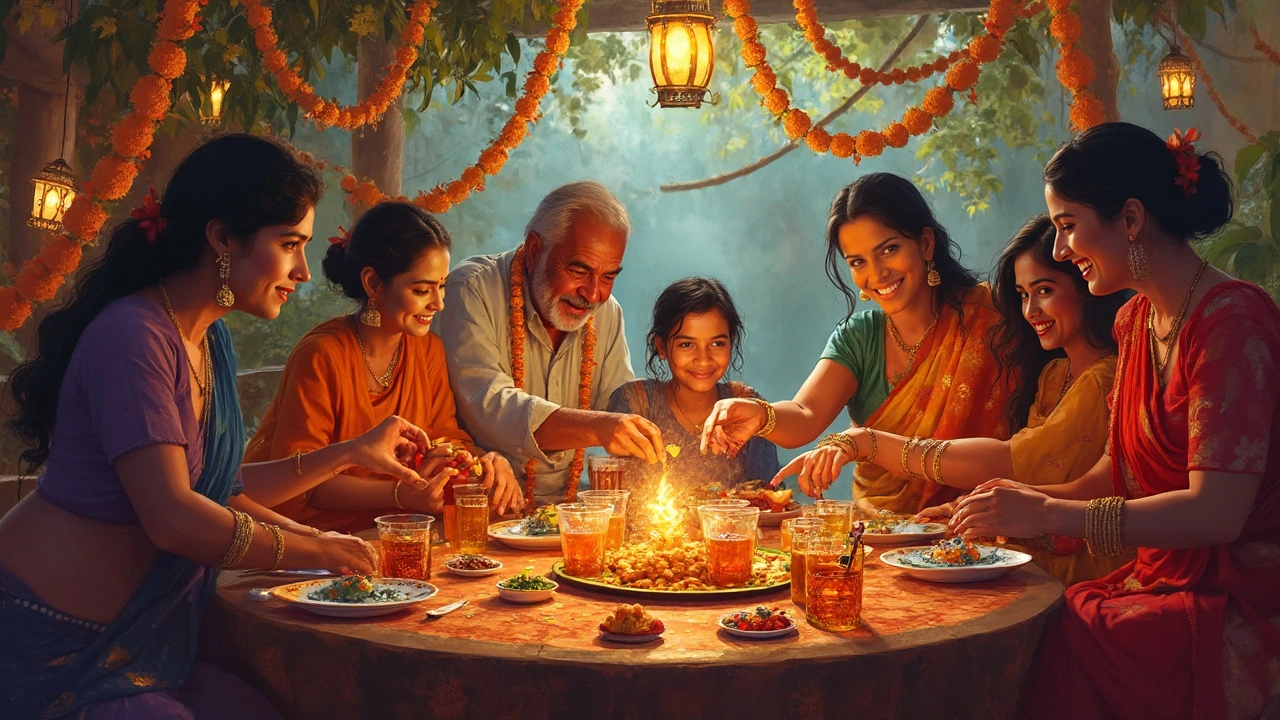Bangladeshi Culture: A Simple Guide to Traditions and Everyday Life
If you’ve ever wondered what makes Bangladesh unique, the answer lies in its culture. From lively festivals to everyday meals, every part of life there tells a story. Below you’ll find the basics you need to understand the rhythm of Bangladeshi streets, homes, and hearts.
Key Traditions and Festivals
Bangladesh celebrates more than a dozen major holidays each year. The most famous is Pohela Boishakh, the Bengali New Year, marked by bright clothes, music, and street fairs. People line the streets of Dhaka with lanterns, play traditional drums, and share sweets like pitha. Another big event is Eid-ul-Fitr, which follows Ramadan. Families gather for a big breakfast, exchange gifts, and donate to the needy. If you visit during Durga Puja, you’ll see colorful pandals and hear chants that blend Hindu and local flavors.
Rural areas keep older customs alive. Boishakh Gaan (New Year songs) are sung while women weave mats and men harvest rice. Weddings are a week‑long affair, starting with the Gaye Holud (turmeric ceremony) where the bride and groom are smeared with turmeric paste for good luck. The main wedding day features the Shubho Drishti ceremony, where the couple looks into each other’s eyes before the priest ties the knot. These rituals show how family and community stay at the center of Bangladeshi life.
Food, Music, and Dress
Bangladeshi cuisine is all about fresh rice, fish, and spices. A typical breakfast might include lau chingri (spicy shrimp) with steamed rice, while a lunch could be hilsa mach (the national fish) cooked in mustard sauce. Street vendors serve fuchka (crispy shells filled with spicy water) and jhalmuri (spicy puffed rice). If you’re new to the flavors, start with a mild dal (lentil soup) and a side of sautéed vegetables.
Music runs through everyday life. The classic baul songs blend mystic poetry with simple instruments like the ektara. Modern Bangladeshi pop mixes Bengali lyrics with hip‑hop beats, while traditional folk bands keep the dhak (drum) alive during festivals. Listening to a few tracks gives you a sense of the country’s hopeful spirit.
Dress varies by region but the mujib coat (a simple, button‑up shirt) and the salwar kameez are common everyday outfits. For special occasions, women often wear a shari with intricate embroidery, while men may choose a silk kurta. The colors are bright, and the fabrics are light—perfect for the hot, humid climate.
Understanding Bangladeshi culture doesn’t require a textbook; it’s about tasting the food, hearing the songs, and joining a festival when you can. With these basics, you’ll feel more comfortable whether you’re planning a trip or just curious about a neighbor’s traditions.
